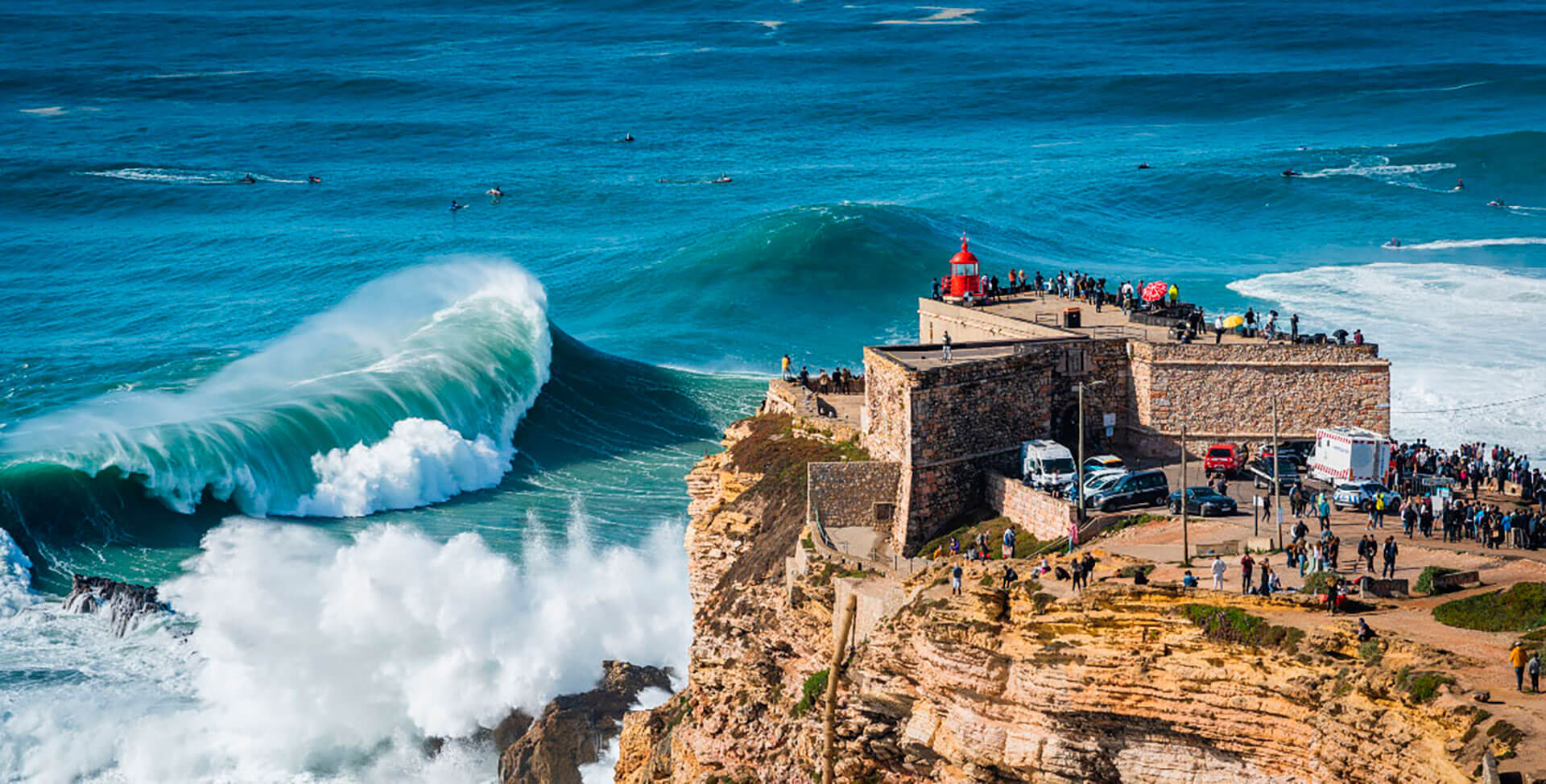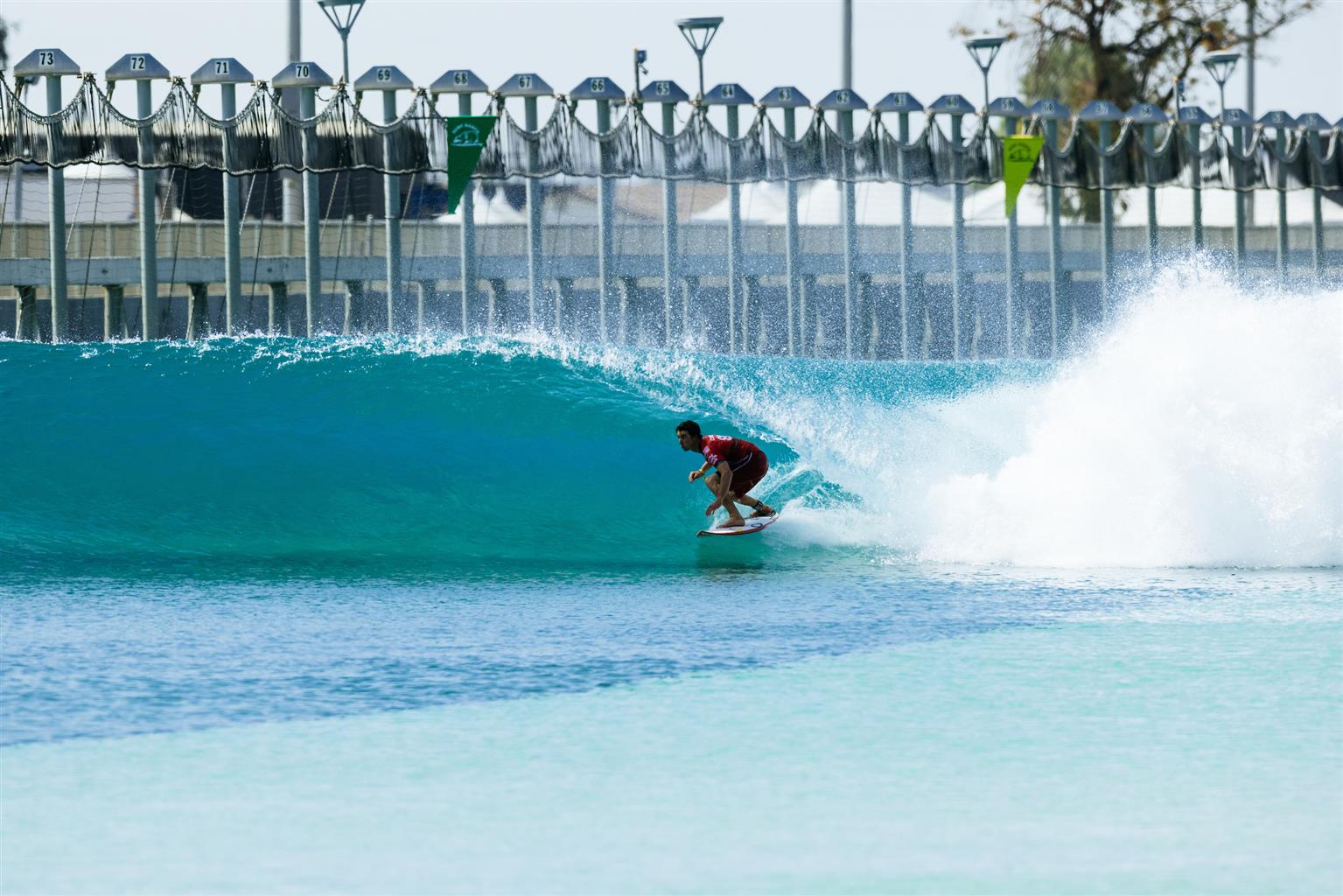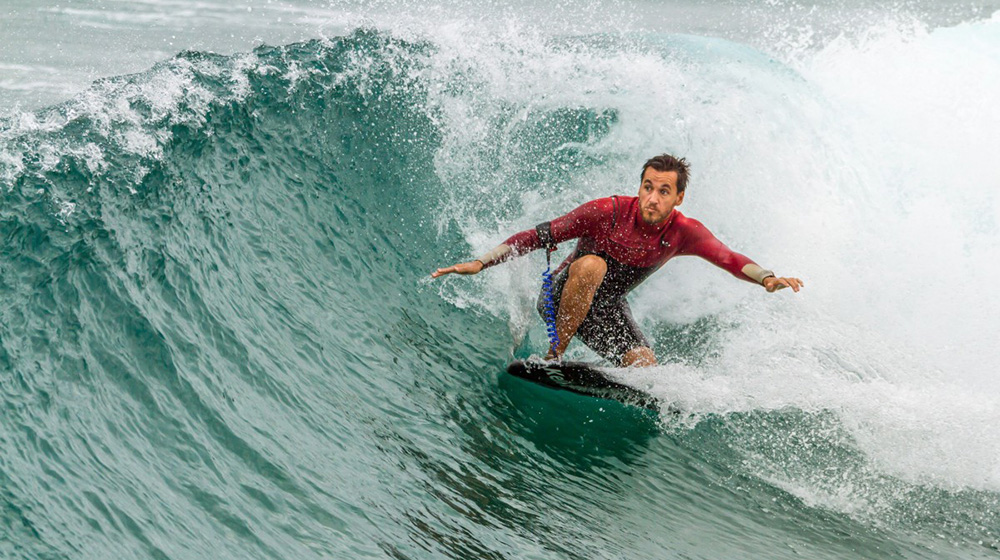
Catching the Olympian wave at Shidashita
Shidashita Beach will be hosting the 2021 Tokyo Olympic Games’ first surfing event. This is the first year that surfing is included as a discipline in the Olympic Games. This has been a decision of the Tokyo 2020 Organising Committee, who has added five additional sports to bring more vibrant events and culture into the programme.
Known as “Shida” for short, Shidashita is one of Japan’s most popular beaches and one of the closest surfing spots to Tokyo. The Olympic Games come to Japan during the slower months for surf, but this time is also when tropical activity rises in the Asian country.
What makes Shidashita a great destination for hosting the surf Olympic discipline? We will be looking at several factors on how this is a great beach to surf in Japan.
Swell Source in Japan
As it is located in the mid-latitudes of the eastern coast of Japan, the region faces the same challenges as the East Coast of North America. The extratropical storm track is west to east, and storms move offshore and away from the region. This can limit the amount of swell the storms send back.
During the summer months, northerly swell events occur less often. This means that at the time the Olympic Games take place in Japan, typhoons are likely to be the primary source of surf. The summer trade swell is linked to winds that blow clockwise. This pattern will develop shorter-period E/SE swells.
Tropical cyclones, or typhoons, provide significant swell in the Chiba prefecture during summer. This is the most tropically active basin on the planet. These tropical systems originate in the lower latitudes and often track westward and underneath the Pacific high pressure.
We recommend: Discover the results of the Surf Rip Curl Newcastle Cup.
The Swell Window in Shidashita
The swell window is open to NE through SE-angled swells. Roughly, from 47 to 130º. Cape Inubo in the north blocks swells coming from less than 47º while Cape Hachiman blocks the southerly wind. This plays a significant role in shadowing southern swells.
In the Chiba Peninsula surf from southerly directions (SE and SW) are enjoyed during the summer. As we move north from Shida though, the breaks are more exposed to SSE/S swells. As we round the peninsula this southerly exposure shows more size than in Shida. Although waves might seem larger for surfing, they have more issues with challenging conditions.
You might like: Watching Tahitian Swell to learn more about the swell movement.
Bathmetry in the Chiba Peninsula
A shallow ridge extends 12 to 14 miles to the southeast of Shida. This ridge levels out the surrounding underwater topography at 15 to 20 meters before dropping off to greater depths. To the north, bathymetry is uniform and gradual, resembling the shape of the shoreline.
These features help tradeswell and tropical cyclones swell energy focus into Shidashita. This results in the largest and most consistent surf area in Japan. As the primary sources for summer surf approach Shidashita from E to S, the combination of the ridge and the crescent-shaped curve refracts much of the income swell into Shidashita.
Moreover, a series of groins help accumulate sand that aids the surf quality. These help produce shifty beachbreak peaks.
The wind of the area
Shida receives a straight offshore wind. The best winds come from the SW to NW (between 220 and 290º). Southerly winds are common during the summer, and Shida’s protection from predominant southerly winds is one of the most favourable aspects.
Cape Hachiman, to the south, provides protection from S to SSE sea breezes. These are unfavourable at the open and are straight onshore on the Chiba Peninsula. This is critical, as southerly winds are typical especially during the afternoon and evening in this region.
Passing tropical systems also affects local wind and conditions. In general, when this happens in the south, the region has more potential to see problematic winds. As a system lifts north of the region, there is more potential to see favourable winds increase.
This however depends on its proximity and intensity. The ideal tropical scenario includes a strong typhoon that stays far enough to the south to deliver a swell but not impact adversely on local conditions.
Overall, according to Surfline, the best surf conditions are:
Best tide: Mid
Best Swell Direction: ESE to SE
Best Swell Period: Mid-period (10 to 14 secs)
Best Wind: SW to WNW
Best Size: 4-8’ (chest-height to a few feet overhead)
Are you excited for the Tokyo 2020 Summer Olympic Games? If so, write us a comment on Facebook, Twitter or Instagram and let us know!













_v2.svg)
_v2.svg)









_v2.svg)


